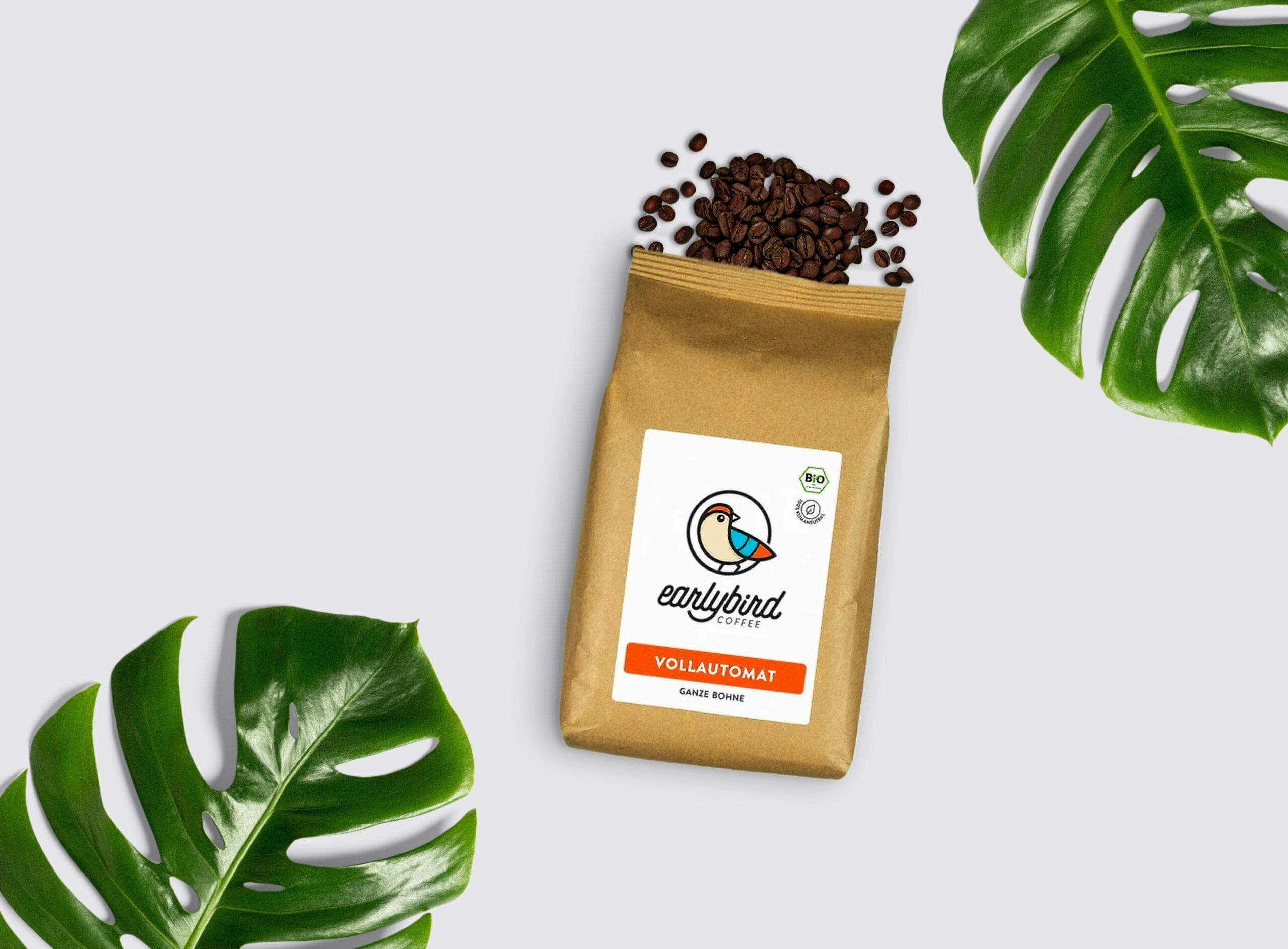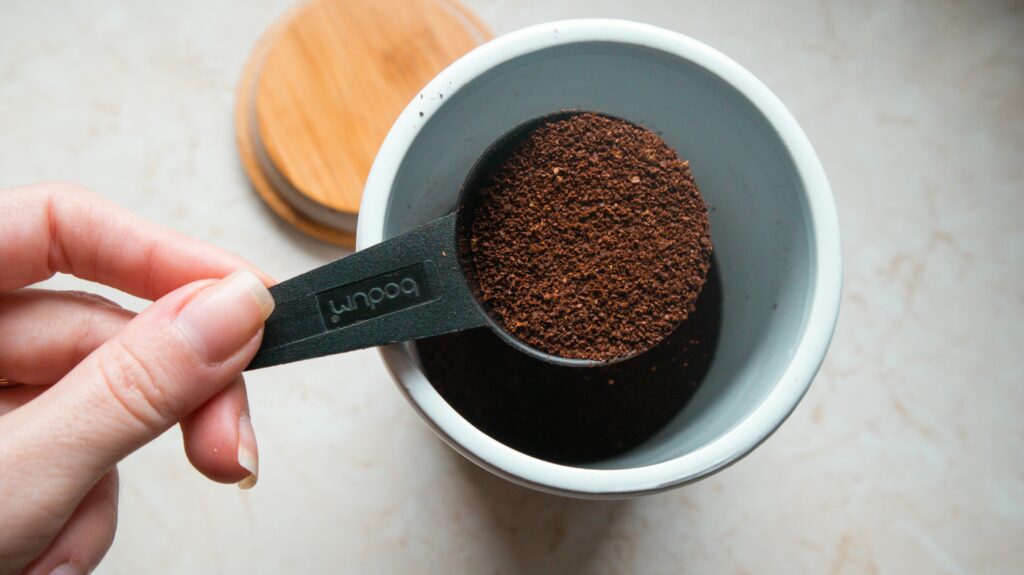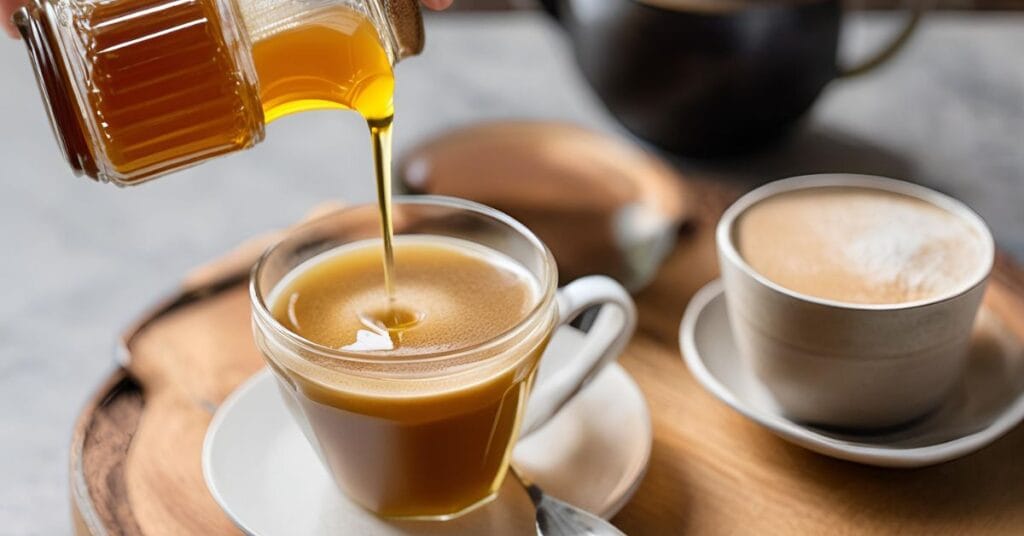When I first traveled to Spain, I was prepared for a culinary adventure of tapas, paella, and sangria, but what I wasn’t expecting was the vibrant and unique coffee culture. Spain takes its coffee seriously, and in a very traditional way. In this article, I will guide you through Spain’s coffee culture, its customs, popular drinks, and where you can find the best coffee experiences throughout the country. Get ready to explore Spain’s world of coffee, where every cup has a story.
After arrival I quickly realized that coffee is more than just a morning caffeine boost—it’s an essential part of the Spanish lifestyle. Over 65% of Spaniards visit cafeterias regularly, highlighting the social importance of coffee. Coffee is integrated into the daily routine, served in small portions but always full of flavor. Whether it’s enjoyed at a local bar, a bustling cafeteria, or a peaceful plaza, Spanish coffee is a symbol of socializing, relaxation, and taking time to enjoy the moment. Unlike in many other countries, coffee in Spain is rarely taken “to-go”—more than 70% of coffee is consumed on-site, meant to be savored and shared with others.
Table of Contents
ToggleHistory of Coffee in Ireland
Definition
Coffee culture in Spain is about enjoying coffee as a social activity and part of daily life. It involves traditional brewing methods, distinct coffee types, and a focus on quality over quantity. Spaniards drink coffee slowly, often with friends or family, reflecting the relaxed Mediterranean lifestyle. About 65% of the population visits cafeterias regularly, and coffee consumption is deeply intertwined with social gatherings and community interaction.
Coffee was introduced to Spain in the 18th century, and it quickly became popular in major cities like Madrid and Barcelona. Traditional Spanish coffeehouses, known as cafeterias, have played a significant role in fostering this culture. These cafeterias became popular gathering spots for several reasons:
Intellectual Discussions: Cafeterias were a common place for writers, philosophers, and artists to gather, exchange ideas, and engage in intellectual debates.
Political Debates: During the 19th and 20th centuries, cafeterias often served as informal venues for political discussions and movements.
Social Gatherings: Beyond intellectual and political uses, cafeterias were, and still are, places for friends and family to meet, socialize, and enjoy quality time together.
These factors helped make coffee a cornerstone of Spanish social life.
| Year | Key Event in Spain Coffee Culture History |
|---|---|
| 1700s | Coffee introduced to Spain, particularly in major cities |
| 1800s | Establishment of traditional cafeterias as social meeting places |
| 1900s | Emergence of local coffee brands and roasters |
| 2000s | Growth of specialty coffee shops and artisanal coffee |
| 2020s | Focus on sustainability and quality in the coffee industry |
Popular Types of Coffee in Spain
Spain offers a variety of coffee drinks, each distinct and deeply rooted in the culture. Here are some popular choices you can find across the country:
Café Solo
A café solo is the Spanish version of an espresso—strong, black, and served in a small cup. It is commonly enjoyed after meals or during a mid-day break.
Serving Size: 30 ml
Average Price (EUR): 1.20
Nutritional Information (per 30ml shot):
| Nutrient | Value |
| Calories | 3 kcal |
| Protein | 0g |
| Fat | 0g |
| Carbohydrates | 0g |
Cortado
The cortado is a favorite in Spain, featuring a shot of espresso “cut” with a small amount of warm milk, reducing the acidity and creating a smooth balance.
Coffee to Milk Ratio: 1:1
Average Price (EUR): 1.50
Nutritional Information (per 60ml cup):
| Nutrient | Value |
| Calories | 15 kcal |
| Protein | 1g |
| Fat | 1g |
| Carbohydrates | 1g |
Café con Leche
One of the most popular coffee drinks in Spain, café con leche is half coffee, half steamed milk. It’s the go-to choice for breakfast, often paired with toast or pastries.
Coffee to Milk Ratio: 1:1
Average Price (EUR): 1.80
Nutritional Information (per 240ml cup):
| Nutrient | Value |
| Calories | 100 kcal |
| Protein | 5g |
| Fat | 5g |
| Carbohydrates | 9g |
Carajillo
The carajillo is a beloved Spanish coffee drink that mixes espresso with a shot of liquor, often brandy or rum. It is enjoyed as a digestif or a pick-me-up.
Alcohol Content: Typically 20-25 ml of liquor
Average Price (EUR): 2.50
Nutritional Information (per 60ml serving):
| Nutrient | Value |
| Calories | 100 kcal |
| Protein | 0g |
| Fat | 0g |
| Carbohydrates | 5g |
The Tradition of Spanish Cafeterias
Spanish cafeterias are the heart of Spain’s coffee culture. Unlike coffee shops in many other countries, these cafeterias are not just about the coffee—they are community spaces where people gather to chat, read the newspaper, or catch up with friends. Cafeterias often serve a variety of beverages and light snacks, making them perfect for any time of the day.
Popular Cafeterias in Major Cities
Café Comercial (Madrid): Established in 1887, this is one of Madrid’s oldest cafeterias, known for its traditional ambiance and classic coffee drinks.
El Magnífico (Barcelona): A modern twist on a traditional Spanish café, focusing on high-quality, freshly roasted beans.
Café Iruña (Bilbao): A stunning historic café with beautiful interiors, offering a wide range of coffee and pastries.
Coffee Consumption Statistics in Spain
Coffee consumption in Spain has steadily increased, with a strong focus on traditional coffee types served in social settings. Here are some key statistics:
| Statistic | Value |
| Average Cups per Day | 2 cups per person |
| Market Value (2023) | EUR 3.2 billion |
| Most Popular Drink | Café con Leche |
| Average Spend per Week | EUR 12 |
| Percentage of Population Visiting Cafeterias | 65% |
| Preferred Coffee Time | Morning and Mid-day |

Coffee Price Chart in Spain
| Coffee Type | Average Price (EUR) | Price Range (EUR) | Typical Serving Size (ml) |
| Café Solo | 1.20 | 1.00 – 1.50 | 30 ml |
| Cortado | 1.50 | 1.20 – 2.00 | 60 ml |
| Café con Leche | 1.80 | 1.50 – 2.50 | 240 ml |
| Carajillo | 2.50 | 2.00 – 3.00 | 60 ml |
Popular Coffee Brands in Spain

Spain boasts several local coffee brands that are beloved by coffee drinkers nationwide.
1. Cafés Candelas
Cafés Candelas is one of Spain’s most well-known coffee brands, originating in Galicia. They are renowned for their focus on quality and a wide variety of blends, offering coffee that suits both traditional and specialty tastes. Candelas supplies coffee to more than 5,000 establishments across Spain, and their products are also available in retail stores. Their emphasis on sustainability and fair-trade sourcing has also earned them a strong reputation among conscious consumers. As of 2023, Cafés Candelas produces over 12 million kilograms of coffee annually, making them a key player in Spain’s coffee industry.
| Key Facts About Cafés Candelas | Details |
| Founded | Galicia, 1973 |
| Annual Coffee Production | 12 million kg |
| Number of Establishments Supplied | 5,000+ |
| Focus | Quality, sustainability, variety |
| Retail Availability | Nationwide |
2. Café Saula
Café Saula is based in Barcelona and has been roasting coffee since 1950. Their focus is on artisanal roasting techniques and maintaining quality throughout the supply chain. Saula is well-known for its premium coffee blends, often found in high-end restaurants and hotels. They prioritize sourcing high-quality beans from sustainable farms, ensuring that their roasting process brings out the best flavors in each batch. As of 2023, Café Saula produces over 4 million kilograms of coffee annually, catering to both domestic and international markets.
| Key Facts About Café Saula | Details |
| Founded | Barcelona, 1950 |
| Annual Coffee Production | 4 million kg |
| Primary Focus | Artisanal roasting, quality |
| Customer Base | High-end restaurants, hotels |
| Sustainability Efforts | Ethical sourcing, quality control |
3. Bonka
Bonka is a popular household coffee brand in Spain, known for offering a variety of ground and whole bean coffee products. The brand emphasizes sustainability and is part of the Nespresso group, ensuring that their coffee is sourced responsibly. Bonka has a focus on environmental initiatives, including using recyclable packaging and supporting fair trade practices. As of 2023, Bonka produces around 8 million kilograms of coffee annually, catering mainly to the retail market in Spain.
| Key Facts About Bonka | Details |
| Founded | Spain, 1979 |
| Annual Coffee Production | 8 million kg |
| Primary Focus | Sustainability, household market |
| Sustainability Initiatives | Recyclable packaging, fair trade |
| Parent Group | Nespresso |
Best Cafes to Visit in Spain
Madrid
Toma Café: Known for its artisanal coffee and laid-back atmosphere.
Café de la Luz: A cozy spot with a vintage feel, perfect for a relaxing cup of café con leche.
Barcelona
Satan’s Coffee Corner: A modern café focusing on specialty coffee, located in the heart of Barcelona’s Gothic Quarter.
Nomad Coffee: A minimalist space with a focus on quality and precision in every cup.
Valencia
Bluebell Coffee: A charming café offering high-quality, freshly roasted beans and a variety of brewing methods.
La Crème: Known for its great coffee and delicious pastries, perfect for breakfast.
Cortado: A Spanish Favorite

The cortado is a staple in Spain’s coffee culture. It is typically enjoyed in the late morning or as an afternoon pick-me-up. The balance of espresso and a touch of milk makes it a versatile drink that can be enjoyed at any time of day. During my time in Spain, I often found myself sipping a cortado at a local café, savoring both the coffee and the relaxed ambiance.
Is Cortado Acidic?
The pH level of a cortado typically ranges between 5.0 and 5.5, which means it is slightly acidic. However, the addition of milk helps to balance the acidity, making it smoother and less harsh compared to a standard espresso.
| Cortado Price Details | Details |
| Average Price (EUR) | 1.50 |
| Price Range (EUR) | 1.20 – 2.00 |
| Typical Serving Size | 60 ml |
| Most Popular Serving Time | Late Morning, Afternoon |
Key Facts About the Cortado
Name Meaning: ‘Cortado’ means ‘cut’ in Spanish, referring to the cutting of the espresso with milk.
Typical Serving: 60 ml cup
Purpose: To reduce the acidity of espresso while preserving its strength.
Influence of Mediterranean Lifestyle on Spain Coffee Culture
The Mediterranean lifestyle is relaxed, social, and slow-paced—qualities that are reflected in Spain’s coffee culture. Unlike in some countries where coffee is grabbed on-the-go, in Spain, it’s an opportunity to pause and enjoy life. Whether it’s a cortado at a bustling café or a café solo after a meal, coffee in Spain is meant to be savored, not rushed.
Coffee Trends in Spain Coffee Culture
Coffee culture in Spain is evolving, with several key trends emerging:
Specialty Coffee Movement
Specialty coffee shops are on the rise in urban centers, with a focus on single-origin beans, artisanal brewing methods, and high-quality roasting. Cities like Madrid and Barcelona have become hubs for coffee enthusiasts seeking unique experiences.
| Specialty Coffee Trends | Details |
| Single-Origin Beans | Coffee sourced from specific regions for unique flavors. |
| Artisanal Brewing | Use of pour-over, Aeropress, and Chemex for high-quality brews. |
| Focus on Quality | Emphasis on freshly roasted beans and expert baristas. |
Sustainability and Ethical Sourcing
Many Spanish coffee brands and shops are emphasizing sustainability. This includes sourcing beans from ethical farms, using compostable cups, and encouraging consumers to use reusable cups by offering discounts.
Compostable Cups: Many coffee shops have adopted compostable cups to reduce environmental impact.
Reusable Cup Discounts: Customers who bring their own cups often receive a small discount.
Fair Trade: Many coffee brands are committed to fair trade practices to ensure ethical sourcing.
Cold Brew and Iced Coffees
Cold brew and iced coffee options are gaining popularity, especially during the hot summer months. These refreshing options are often served in stylish glass jars, aligning with Spain’s emphasis on presentation and quality.
| Cold Brew and Iced Coffee Trends | Details |
| Popularity | Increasing during summer months. |
| Serving Style | Often served in glass jars. |
| Flavor Profile | Smooth, less acidic compared to hot brews. |
Frequently Asked Questions (FAQs) for Spain Coffee Culture
What Makes Spanish Coffee Different?
Spanish coffee is known for its strong, bold flavors, typically served in smaller portions than in many other countries. The emphasis is on quality and tradition, with a focus on social enjoyment rather than convenience.
Is Coffee Popular in Spain?
Yes, coffee is extremely popular in Spain. The average Spaniard drinks about 2 cups per day, often in social settings like cafeterias or after meals.
What is the Most Popular Coffee Drink in Spain?
The most popular coffee drink in Spain is café con leche, which is especially popular in the morning alongside breakfast.
Are Spanish Coffee Shops Adopting Sustainable Practices?
Yes, many Spanish coffee shops are adopting sustainable practices, such as using compostable cups, sourcing beans ethically, and promoting fair trade.
What Time of Day Do Spaniards Drink Coffee?
Spaniards enjoy coffee throughout the day, but it is most commonly consumed in the morning and mid-day. After meals, especially lunch, it is common to have a café solo or carajillo as a digestif.
References
Final Thoughts
Experiencing Spain coffee culture was an enlightening and enjoyable journey. The emphasis on tradition, community, and quality is what makes Spanish coffee so special. Whether you’re enjoying a café con leche with breakfast or a carajillo in the evening, each cup tells a story of Spain’s rich cultural heritage. Coffee in Spain is not just about the caffeine—it’s about savoring the moment.
Disclaimer
This article is based on my personal experiences and the latest available information as of 2024. Coffee preferences and trends can vary, and your experiences may differ.
Feedback
I hope this journey through Spain coffee culture provided you with insights and inspiration. I’d love to hear your thoughts or any experiences you’ve had with Spanish coffee. Feel free to share your feedback in the comments below!












































